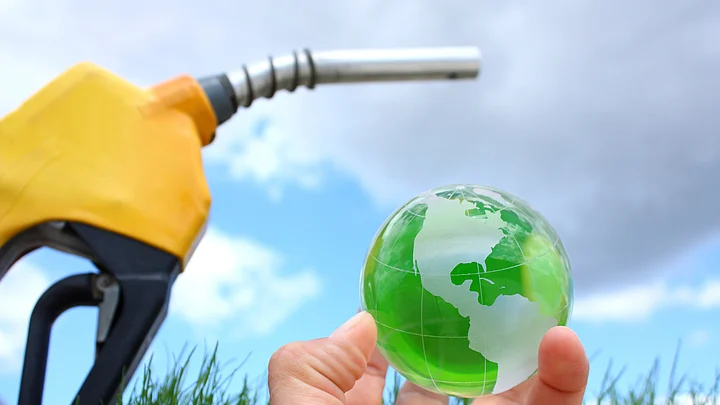Simply put, ethanol or ethyl alcohol is produced by the fermentation of the sugars in crops such as corn, sugarcane and sugar beets. It is commonly used as an additive in automobile fuels with countries like Brazil and USA leading the world in ethanol production.
Unlike newer varieties of biofuels, ethanol’s been around for a while – it was first used as a possible fuel way back in 1876 and it belongs to the “first generation” of biofuels.
Ethanol’s green credentials are based on the fact that it is derived from renewable agricultural resources – thus making it possible to produce a theoretically “unlimited” quantity of the fuel. In addition, unlike petrol, ethanol is a cleaner fuel in terms of air particulate pollution.
Is Ethanol Really Eco Friendly?
However, while ethanol is generally considered “greener” than petroleum, many believe that it can at best be called a “quasi-renewable” resource:
- At a time when both land and water are limited, it is controversial that we’re using these precious resources to produce fuel rather than food.
- Growing sugarcane and corn requires fertilizers and pesticides whose production generates greenhouse gases. In addition, fertilizer and pesticide overuse leads to groundwater pollution and loss of agricultural fertility.
- To produce ethanol, the harvested crops must go through a carbon-intensive production process, which reduces the energy balance of ethanol – the difference between the energy generated by ethanol and the energy required to produce it.
- While ethanol causes less particulate pollution, it does produce carbon dioxide on combustion.
When the environmental costs from all these impacts are added up, ethanol begins to look a lot less green!
What’s the India Story?
Last year, India’s Transport Minister announced his plans to promote the use of ethanol-friendly cars and buses in India – his ambitious agenda included introducing an 85 per cent ethanol blended fuel in the country.
While ethanol blended petrol wasn’t a new idea, the quantum was – in 2007, the Indian government announced a mandatory requirement of a 5% ethanol blend in petrol across India (excepting Jammu and Kashmir). The 2008 National Policy on Biofuels went further and mandated a phased implementation of 20 per cent ethanol blended petroleum across the country by 2017.
Despite ethanol being a cleaner fuel, India’s import bill for oil is massive. Generating indigenous ethanol would reduce our dependence on foreign oil.
Are We Ready to Make the Switch to 85 Per cent Ethanol?
Thanks to persistent ethanol shortages and differential state policies, even the 5 per cent ethanol target has been difficult to achieve. In this scenario, getting to the 85 per cent target is likely to prove an even bigger challenge:
- It is unlikely that existing sugarcane production will be sufficient to satisfy the demand for ethanol even in bumper years.
- Increasing the area under sugarcane means that we will need to either clear forests for plantation or divert existing cropland towards sugarcane production. Unsurprisingly, this is likely to have a negative impact on food security as well as the environment.
- Focusing on corn as ethanol source may not be entirely successful either. It takes more energy and expense to convert corn to ethanol.
- Vehicles in India are able to function on the 5 per cent blend and experts estimate that even a 10 per cent blend would not require engine modifications.
- Ethanol does not have the same energy value as petrol. Studies also indicate that ethanol has a significant impact on mileage – an important issue in countries like India.
While ethanol can definitely be a part of our energy mix, it is difficult to consider it entirely green or as a solution for our energy needs.
Rather than increase the area under sugarcane production, perhaps we would be better served by focusing on more research on indigenous fuel substitutes. For example, when it comes to biodiesel, jatropha (which can be cultivated on wastelands) has attracted a great deal of attention. However, a great deal of planning is needed before we are in a position to increase ethanol use.
(Shalini Iyengar is a lawyer and Research Associate at the International University College, Turin.)
